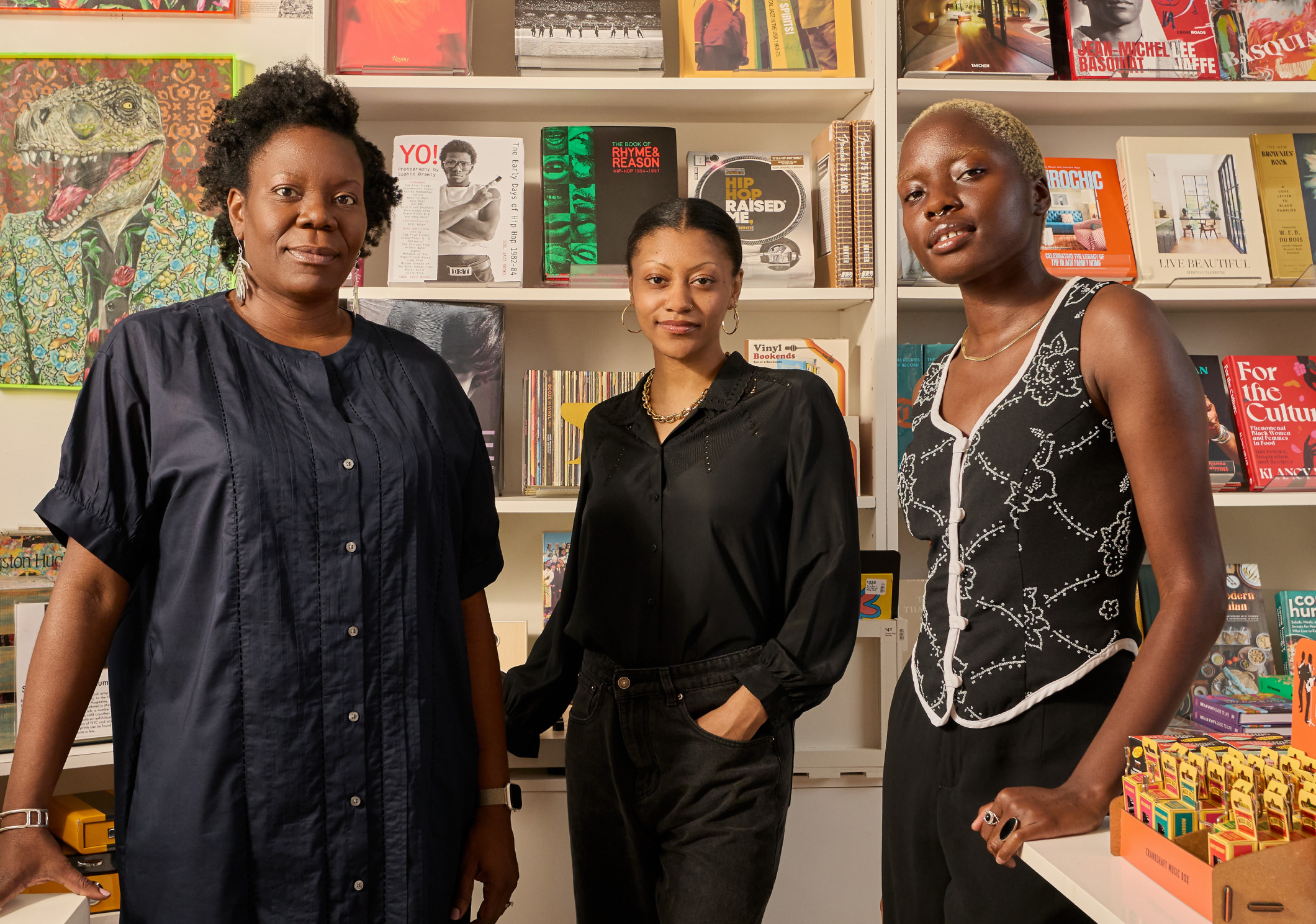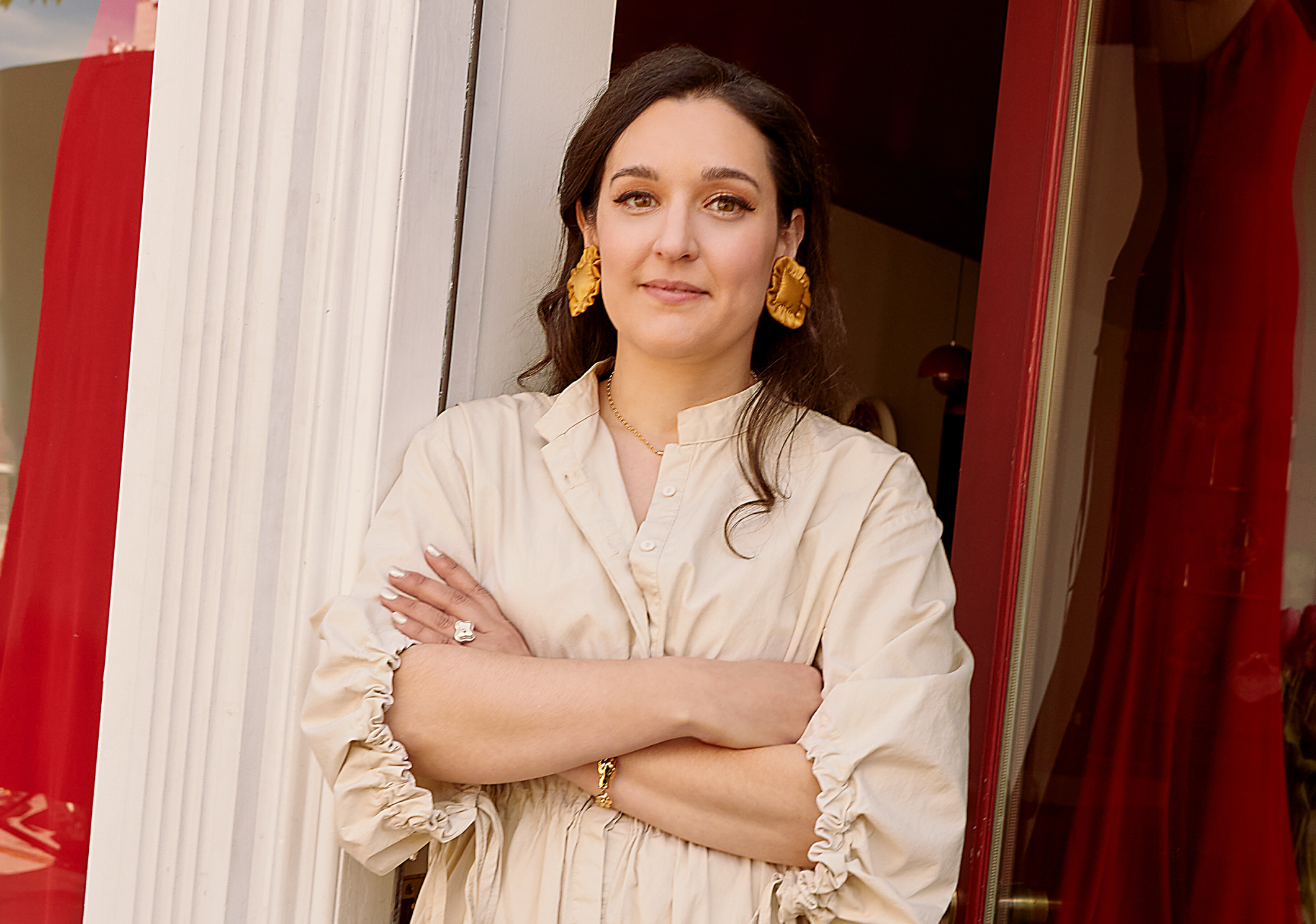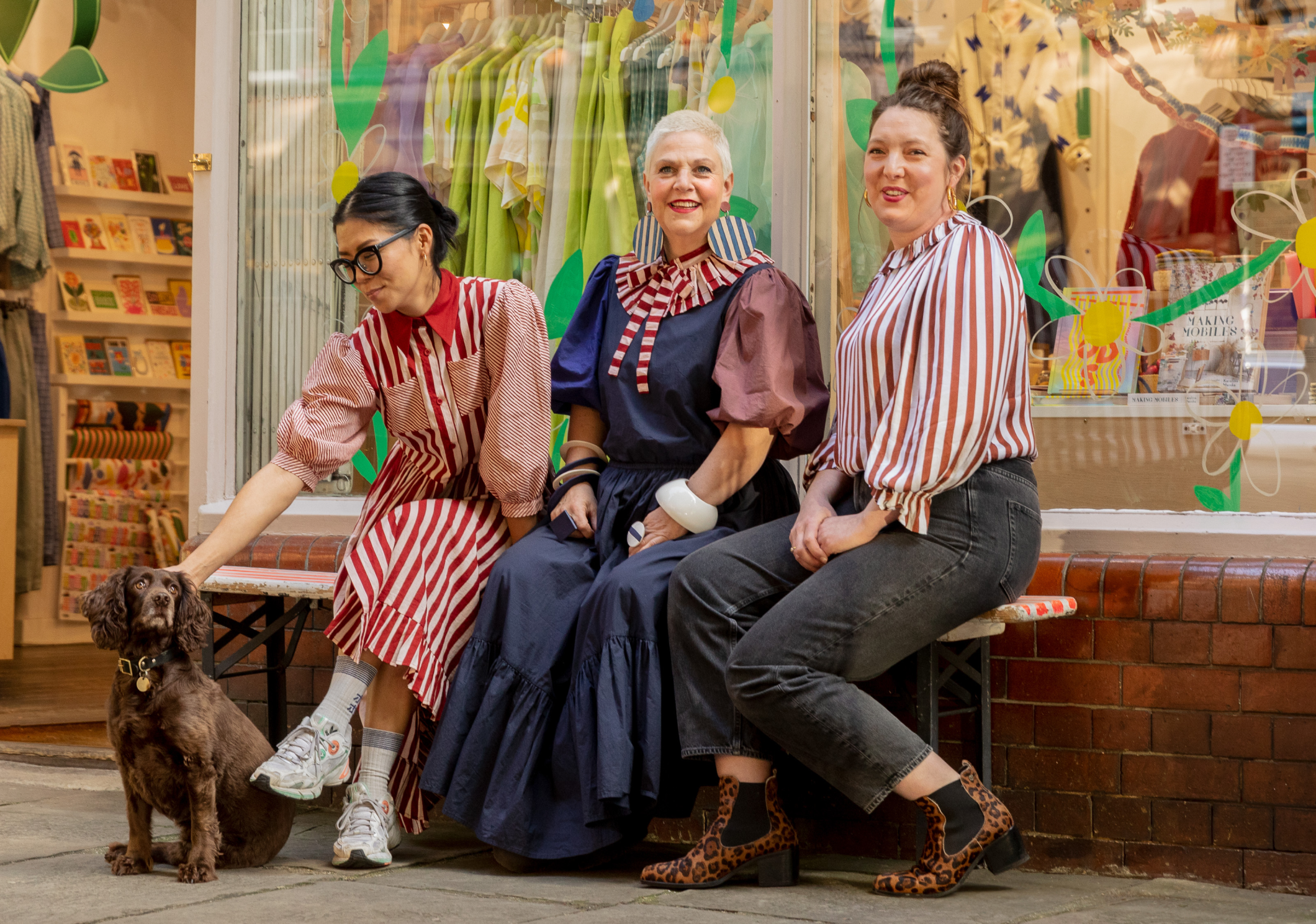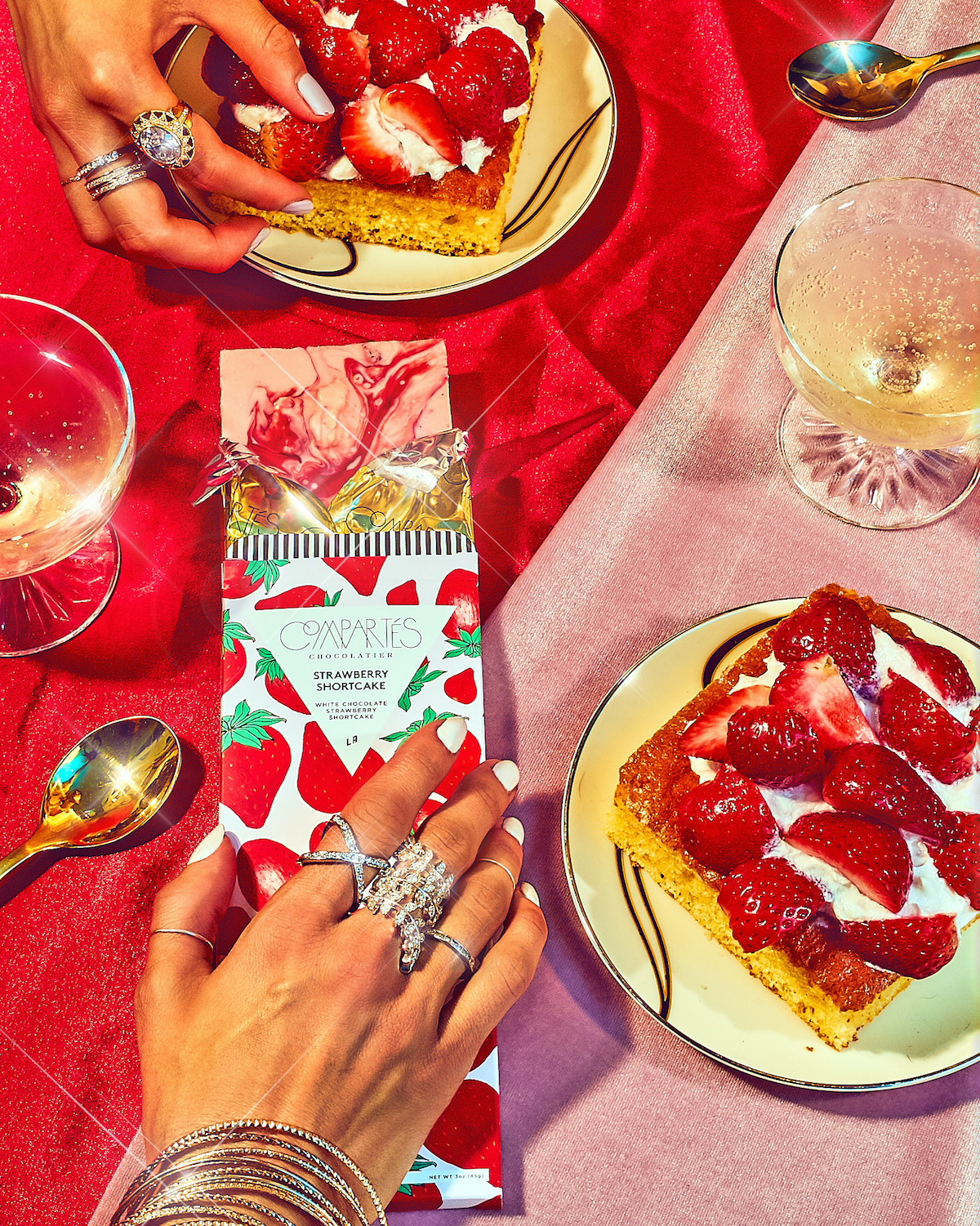
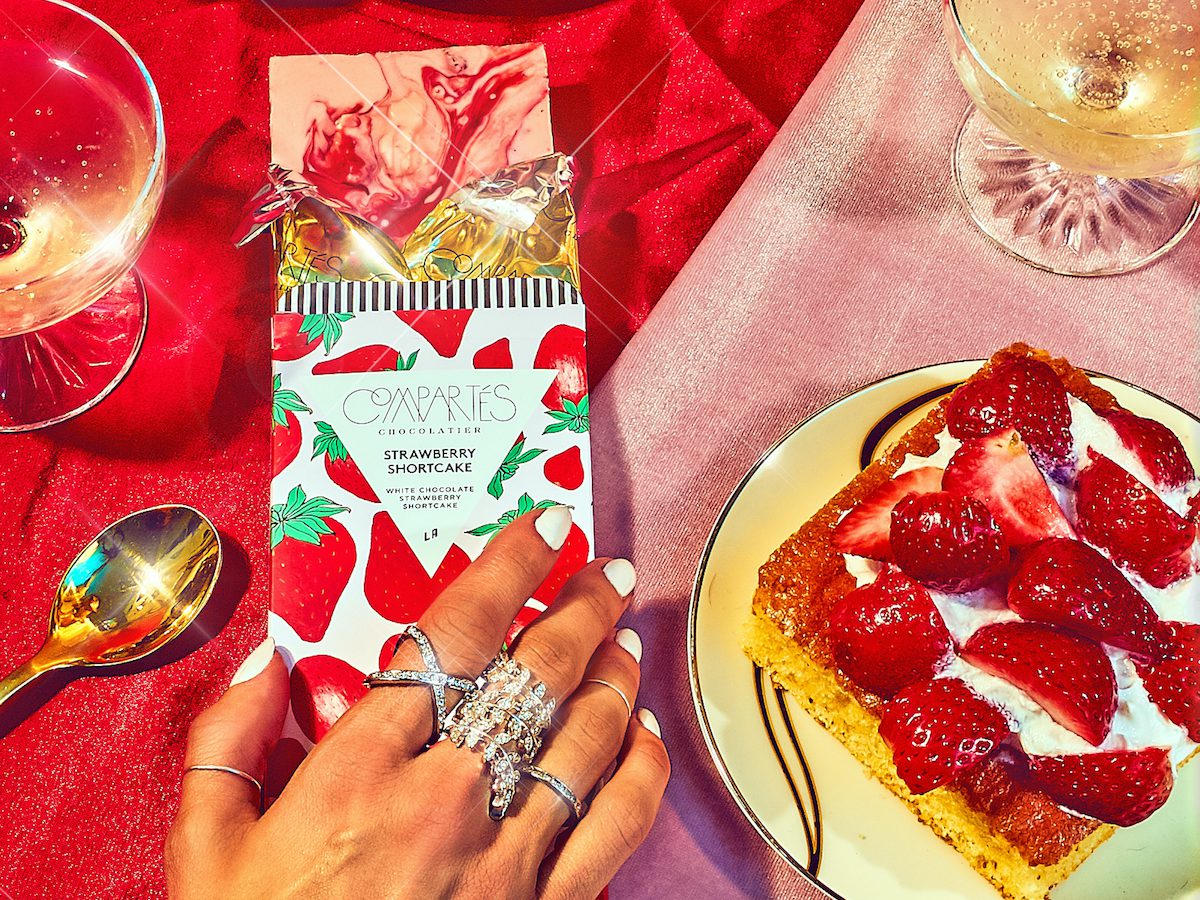
For our final episode of Season 2 of Brick & Order, we sat down with a Los Angeles-based chocolatier and two retail industry strategists about the importance of small business and how the pandemic has shifted retail strategy. Jonathan Grahm, owner of Compartes Chocolates, and Nico Cabral and Paul Erikson of Management One spoke with us about connecting with customers, new inventory management practices, and what to expect in summer 2021 and beyond.
The power of small business
Compartes Chocolate has been in business since 1950 and is one of the oldest confectioneries in America that still makes everything from scratch. “We don’t have conveyor belts and we don’t have machinery,” said owner Jonathan Grahm. “Every single chocolate is hand-mixed and hand-poured.” When Jonathan was a teenager, his family bought the company from the original owner, and once he turned 24 Jonathan purchased the company from his family. Upon taking over ownership, he began experimenting with Compartes’ traditional recipes as well as marketing tactics that could set Compartes apart from other chocolate sellers. He started adding chunks of real donuts to some chocolate bars and including homemade brownies in others. He even began designing new chocolate bar boxes. “I wanted it to be something that I would be excited to buy as a customer.”
Today, Compartes Chocolate is a well-renowned chocolate brand that has been featured in Oprah Magazine, Allure, Vogue, and more. But what brings Jonathan the most pride is Compartes’ continued partnerships with fellow small businesses across the country. “I’m really proud to be in so many mom and pop boutique retailers,” he said. “This was my family’s business. This is my business. We’re still a small company.”
Nico Cabral and Paul Erikson of Management One—a platform providing retail merchandise planning and business insights to the retail community—have long preached the value of small, independent retail stores. They specialize in one-on-one coaching sessions on topics like cash flow, inventory, and turnover, and over half of their client base are single-store, independent retailers. “What our clients all have in common is they’re a family business,” Paul said.
In 2021, Paul and Nico predict that these are the businesses that will see a huge boom in success. “We’re looking at sales in April of over 20% from sales of April, 2019,” Paul said. They anticipate that coming out of lockdown, customers will be looking for unique, handmade brands—like Comparte Chocolate—to shop for. “Now, people would rather shop from an independent retailer than they would a national chain,” Paul said.

Navigating wholesale and virtual markets
For small businesses looking for success beyond singular brick-and-mortar locations, Jonathan recommends exploring virtual trade shows and wholesale markets. “Originally, I never set out to do wholesale,” he said. “But the demand has been so huge.” Though it meant more work and resources, Jonathan saw it as an opportunity to reinvest in his business and continue expanding—and it paid off. “It’s incredible, the reception that I’ve gotten from all these independent store owners,” he said.
One particular area of wholesale in which Compartes Chocolate has seen success is in virtual markets. Jonathan participated in Faire’s 2021 winter market, where he gave attendees an exclusive virtual tour of his chocolate facility in Los Angeles. “It’s probably a much better experience than going to a trade show in some big convention center,” Jonathan said. Consumers responded to his showing at the winter market in a big way. “They would tell me how much they loved my story and my product,” he said. “It was really touching and amazing.”
For Jonathan, a virtual market feels like a better fit for Compartes than a traditional trade show. In addition to connecting with like-minded customers who are passionate about his product, a virtual market also doesn’t pose a price barrier. Renting a booth at traditional trade shows can be quite expensive, and can sometimes exclude independent entrepreneurs. “Traditional trade shows are cost-prohibitive for a small business like mine,” Jonathan said.
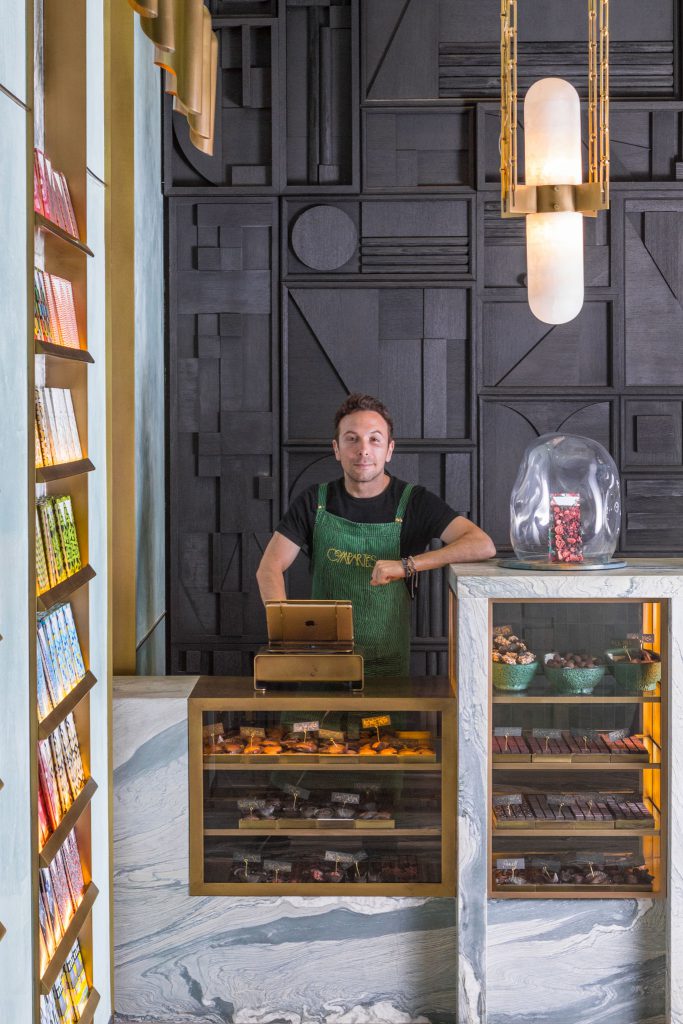
Customer connection
Beyond wholesale and virtual markets, there are a few additional ways in which retailers can grow and expand in the coming year. First, creating meaningful connections—like Jonathan has been able to establish with Compartes Chocolate—can have huge benefits. “I think it’s the biggest strength of independent retail,” Nico said. “Big-box stores simply cannot compete with the local mom-and-pop in terms of customer connection.” He also emphasized that now that brick-and-mortar stores are reopening, retailers will need to consider how they can get some of their old customers back. “Some customers were being pulled in too many different directions online last year,” he said. “You’ll need to reconnect with some customers.”
Jonathan wholeheartedly agreed with this sentiment. “I feel like the future of retail is having these experiences and reasons for people to come into the shop because of all the competition online.” For his part, he works hard to create vivid and multi-sensory displays that offer a unique and rewarding in-store experience.
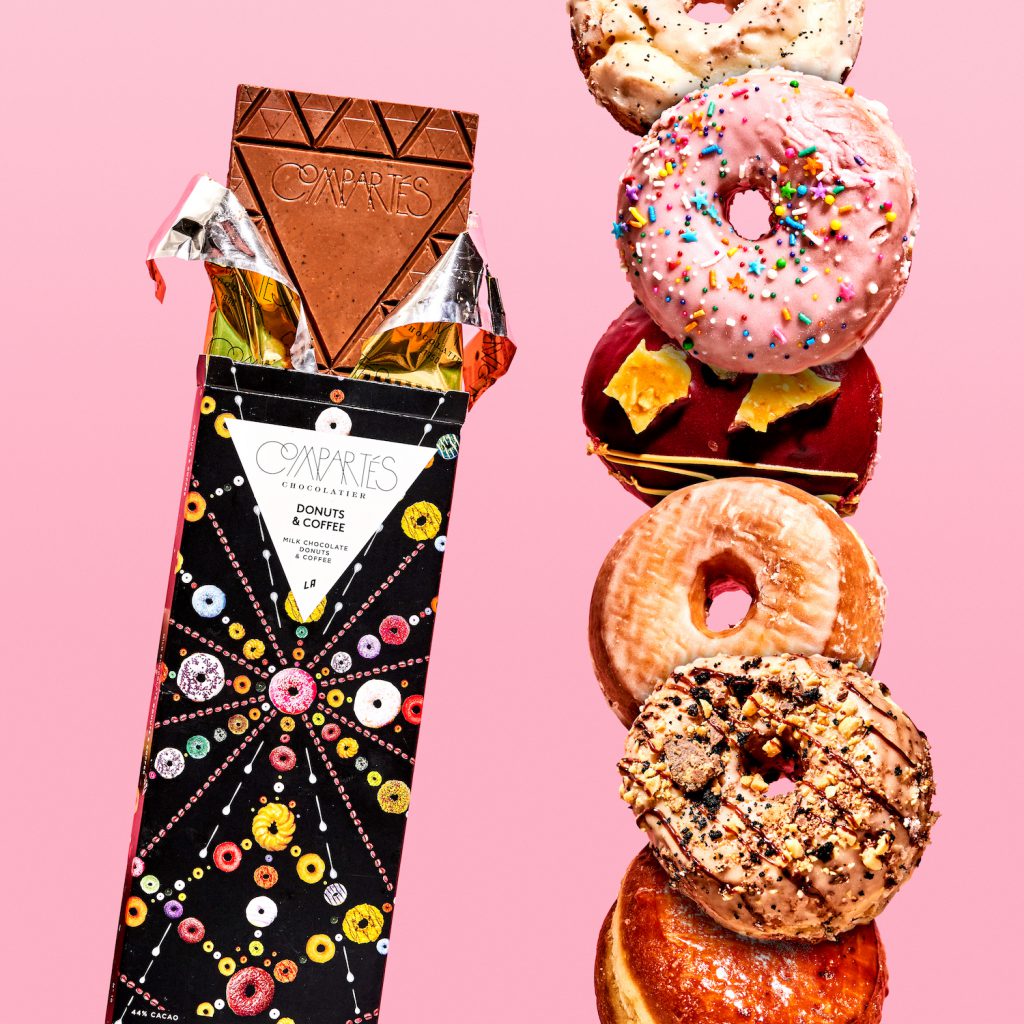
Managing inventory in a new retail climate
Another key to success in this new retail landscape is perfecting an inventory strategy. Paul and Nico say that a mistake of many retailers, especially pre-pandemic, was carrying too much inventory. “You think you want a lot of choices for your customer,” Paul said. “The reality is, you’re actually inhibiting the amount of business you can do. You’re making it more difficult for them to choose.” This proved to be especially true when the world went into lockdown and retail stores were forced to sell a fraction of their products online. “Even with surprisingly low inventory, our clients were doing a surprising amount of business,” Paul said. This is a lesson Management One advises to keep in mind moving forward. “The one thing retailers discovered is they don’t need as much inventory to do the business,” Paul said.
When it comes to deciding which inventory to keep and what can go, Paul and Nico say it’s all about knowing your audience. “Know who your customer is and figure out how to go after that customer with a narrow, targeted inventory,” Paul said. That targeted inventory can fluctuate over time based on consumer feedback. “Don’t be afraid to just say this one’s not selling, get it out of here,” Nico said. “It’s a matter of buying intelligently instead of going crazy and buying everything you think will sell in the store,” he said.
Persevering past the pandemic
In the months to come, Jonathan looks forward to producing more inventive chocolate bars, like the one he created for Pride Month this year. The Pride chocolate bar has tye-dye packaging and is also tye-dyed itself, with each color being a different flavor. He’s also excited to welcome customers back to Compartes’ brick-and-mortar stores and to continue to impress customers with memorable displays.
Paul and Nico have been advocates of independent retailers like Compartes long before the pandemic, and now they’re confident this coming year will prove that small business is here to stay. “As people come rushing back, you’re going to see how important these businesses are and truly embrace it,” he said.
The biggest hurdle independent business owners have to face now is regaining their confidence after a tumultuous and uncertain year. “I don’t think we can underestimate the trauma that independent retailers have experienced over the last 12 to 14 months,” Paul said. “My parting advice for the retail community is this: The future is in your hands. You survived this, now let’s go out and start really making money.”
Subscribe to Brick & Order, a podcast from Faire, to hear more stories from the small business community. Subscribe on Apple Podcasts, Google Podcasts, SimpleCast, Spotify, and Stitcher.

